
System transformation with process mining
In today's world, companies have to keep up with the times and constantly optimize themselves…
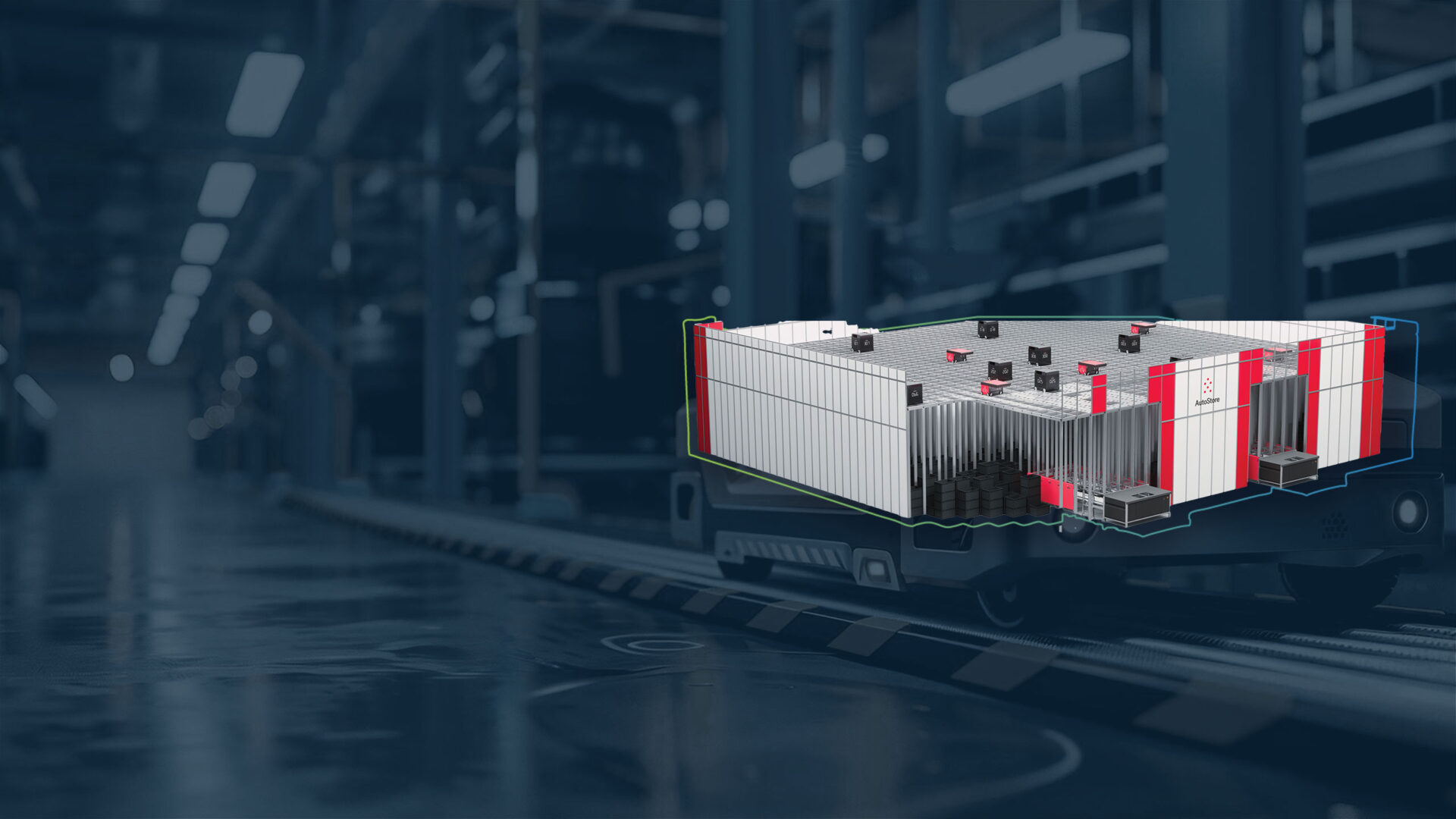
Blog SERIES AUTOMATED STORAGE SYSTEMS
In the following section, we present one of the established storage systems on the market and thus continue our blog series with the second article. You will not only learn about the most important features and key figures of the respective storage system, but also gain a basic overview. This is the AutoStore system. It is one of the most innovative automated storage systems on the market and is based on a modular, cubic storage principle in which robots remove containers from a compact grid and transport them to work stations. As a certified AutoStore planner and consultant, we have the expertise to tailor this system optimally to your requirements.
The AutoStore system from Norway is an advanced automated storage and picking system with a very high storage density. The AutoStore system basically consists of five different components: the robots, the grid, the bins and ports and the control system. The load carriers (bins) are stored in adjacent stacks of up to 18 bins and then moved by robots using a lowering and lifting mechanism and transported to the top level of the grid. Materials can be stored and retrieved via the ports.
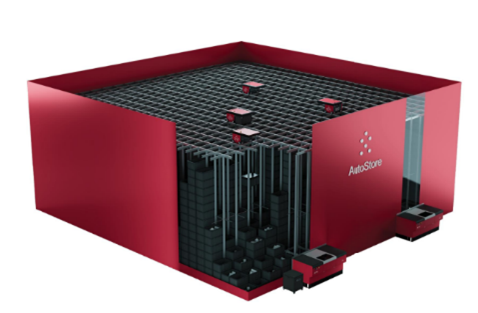
Robots: These take over the movement of the bins and ensure efficient storage and picking. Depending on the variant, the robots can move in one or two directions. The robots are also controlled independently of each other. There are currently four different robot variants.

Grid: The aluminum frame (grid) forms the basic framework for the AutoStore. This consists of the container cells and the rails that enable the robots to navigate. There are basically two types of grid: the single-double grid (SDG), which allows the robots to travel in one direction on the top level, and the double-double grid, in which the robots travel in both directions.
Bins: The AutoStore bins are robust, stackable and designed in a functional plastic shape to store the inventory safely and properly within the grid. The bins are available in three different heights (220 mm, 320 mm and 425 mm). It is possible to store complete small load carriers (KLT) inside this bin or several products, as the bin can be subdivided.
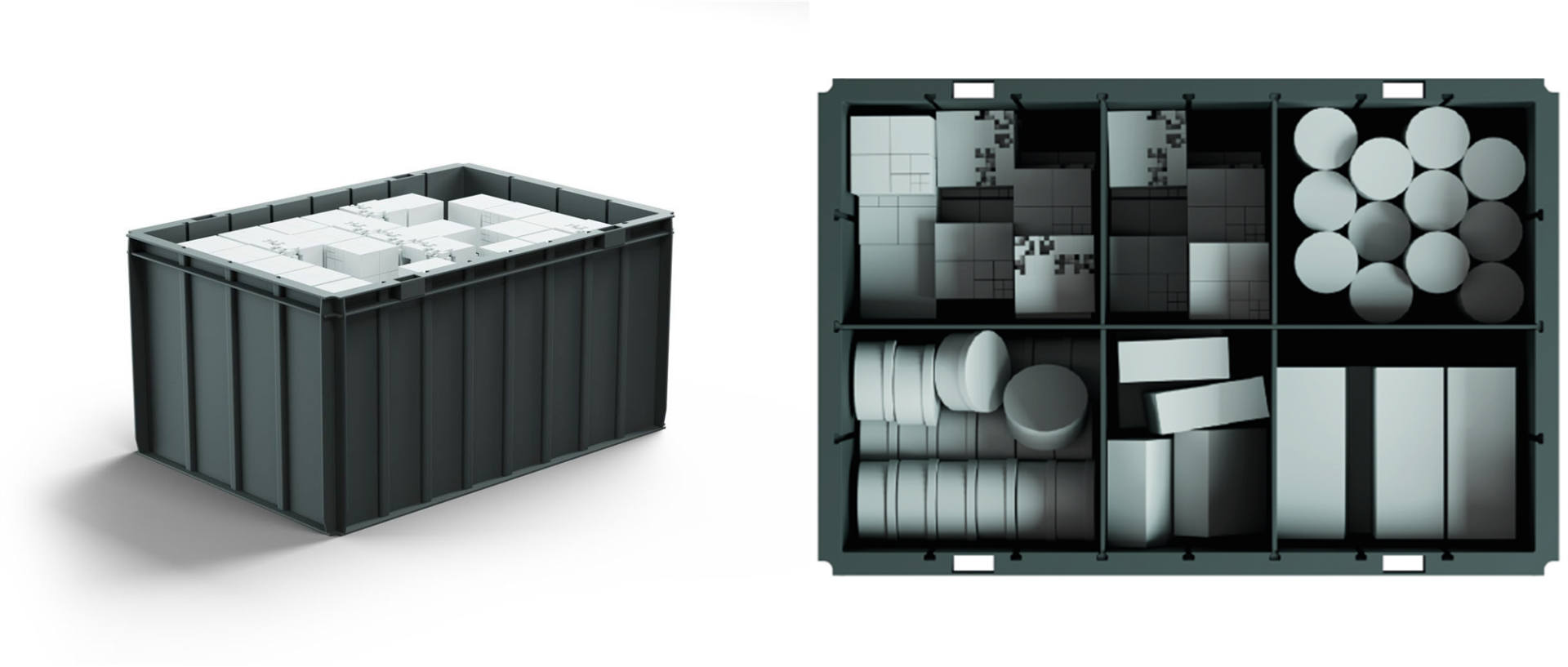
Ports: The ports serve as workstations and interfaces for storing and retrieving goods. They are located on the lowest level and are operated from above by the robots. AutoStore currently offers six different ports (ConveyorPort, CarouselPort, RelyPort, PickupPort, FusionPort and SwingPort). However, each of the six ports has its advantages and disadvantages. Furthermore, the ports can also be retrofitted in existing systems. In addition to the six ports, it is also possible to integrate transfer cells. This allows the bins to be moved out of the system.

AutoStore Controller: The mastermind behind the AutoStore system is the controller, which is very compact and controls the entire system and coordinates the activities of the robots and bins.
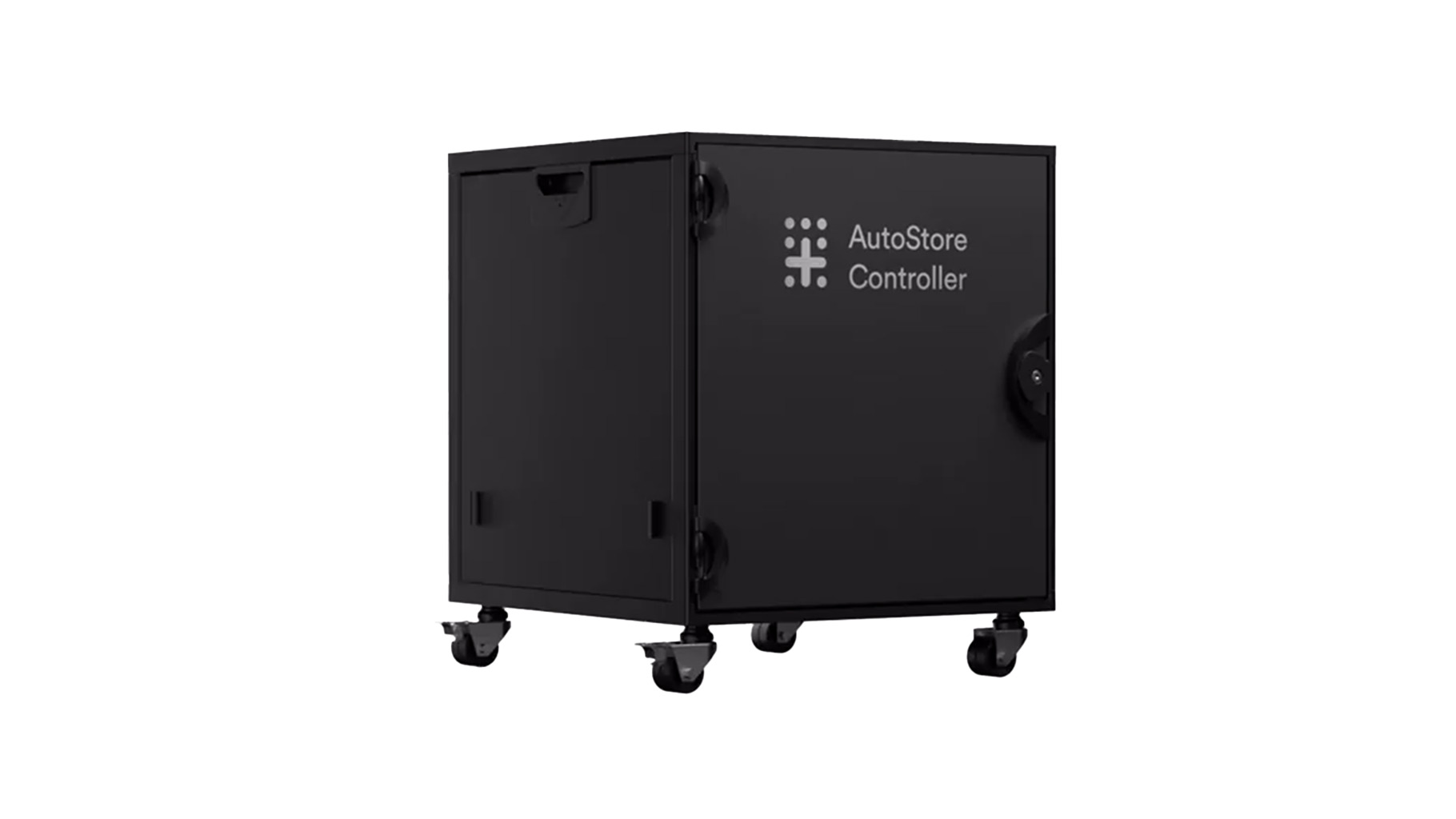
The AutoStore system is basically not limited in width or depth, but the height is limited. It depends on the systemic load carrier (bin). The great advantage of the automated storage system is that the robots move at the top level of the grid. Only the number of robots needs to be adjusted as the AutoStore grows so that performance does not decrease. The most important thing about the AutoStore is that the robots require a uniform level. Below this level, it is also possible, for example, to install passages.
As already mentioned, the height of the AutoStore system depends on the respective bin. If, for example, the small bin (220 mm and 26 bins per stack) or the medium bin (330 mm and 18 bins per stack) is selected, this results in a maximum stack height of 5.4 m. Add to this the robots and the space required for maintenance, and the maximum total height is 7.52 m. If, on the other hand, the large bin (425 mm and 14 bins per stack) is selected, the maximum stack height is 6 m. Add to this the robots and a recommended space for maintenance, and the maximum overall height is 8.18 m. AutoStore recommends a clearance of at least two meters above the grid. If the clearance is less, this must be approved by the local authorities and the AutoStore integrator.
The AutoStore system also requires a minimum height, which depends on the design. The minimum height of stacked bins, without the rails for the robots on the grid, is:
The performance of the AutoStore system is very high and can be flexibly adapted. On the one hand, the number of robots can be scaled as high as required depending on the size of the grid. The maximum density at the top level is one robot per 15 stacks. If this number is exceeded, however, the performance of the AutoStore drops again. On the other hand, the performance also depends on the number of ports. The ports can be retrofitted without the need to expand the grid. In this case, the capacity of the storage system would decrease, but the storage and retrieval performance would increase.
An important key to achieving high performance is the preparation of the bins. A preparation time of up to 30 minutes leads to the highest robot utilization. This must therefore be taken into account when connecting the AutoStore to your system. Another feature of the AutoStore system is that the robots repeatedly place frequently used bins on the top levels. This means that frequently used bins automatically sink to the bottom over time.
The AutoStore system is basically a self-contained automatic storage system in which the bins normally remain in the system. However, bins can be removed from the system using transfer cells. Outside the AutoStore system, the bins can generally be used for all machining processes. However, it is important that the bins are returned to the store undamaged and clean. In principle, however, the bin should remain in the AutoStore and the parts should be removed at the ports. If this is not possible, it is advisable to ensure a controlled and closed environment, such as a conveyor belt. Especially to minimize the risk of damage. Faults within the system can only be rectified with considerable effort, which has a direct impact on the availability and performance of the entire AutoStore system.
The AutoStore is basically designed for storing small parts. Only the original AutoStore bins can be used, which are available in three different sizes. However, it is possible to divide the 220 mm and 330 mm bins into a maximum of 32 compartments using movable dividers. The large bin (425mm) can be subdivided into 8 compartments. However, the stored materials must not exceed the maximum internal dimensions of the bins.
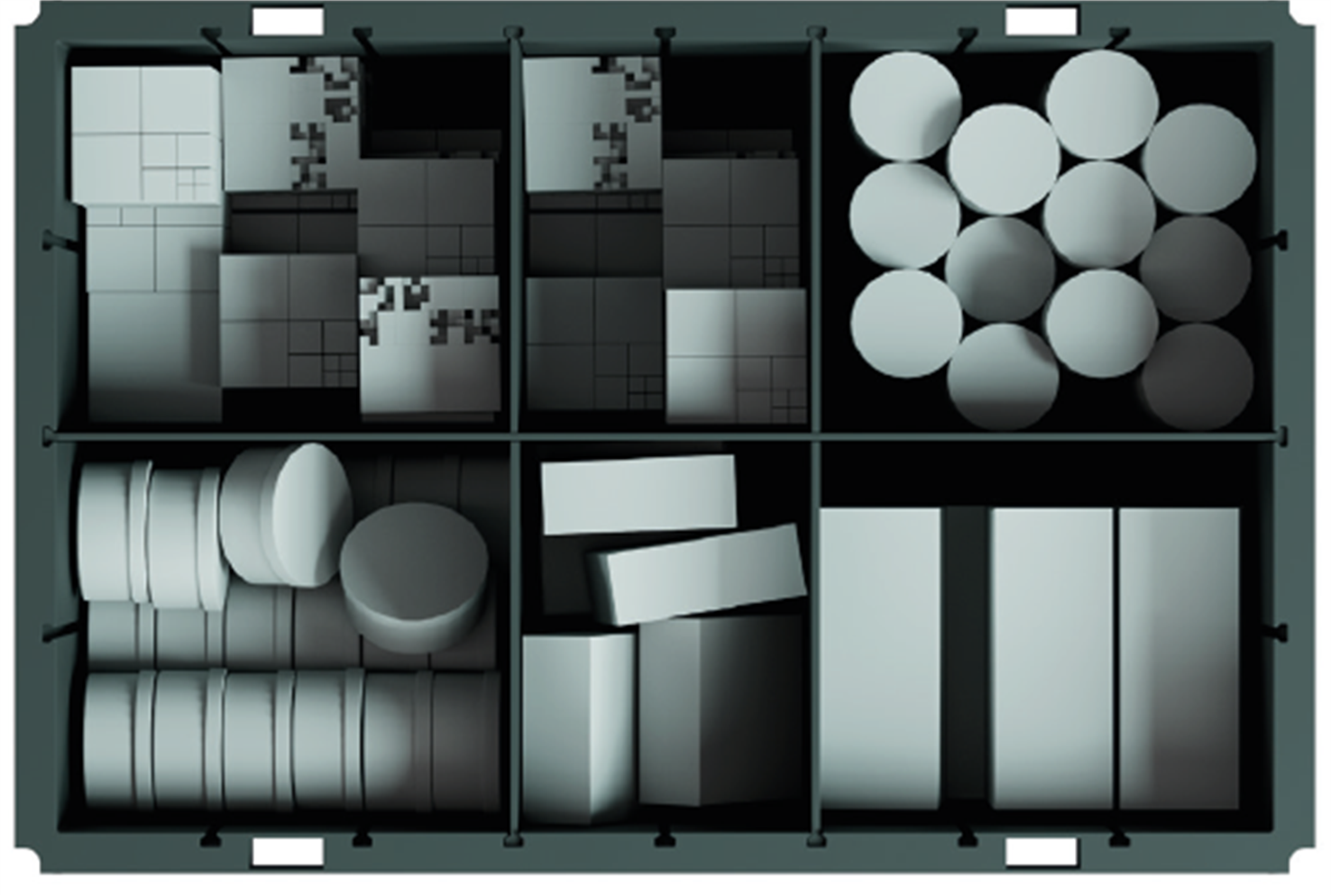
The available sizes of the bins are:
The smallest bin (220 mm):
The middle bin (330 mm):
The largest bin (425 mm):
The bins in the AutoStore system stand directly on the floor, so detailed consideration of the floor quality is essential during planning. A special factor of AutoStore is the specification of the maximum evenness of the floor. The inclination of the entire installation area may deviate by a maximum of +/- 20mm with a measuring grid of 3m x 3m. The larger the footprint of the AutoStore, the greater the challenge for the floor manufacturer to meet the increased requirements. With regard to the floor load, a maximum of 2,793 kg/m² is required for the AutoStore. The maximum load depends on the selected bin, the number of stacked bins and the loading of the bin. In addition, the load for the Single Double Grid (SDG) is higher than for the Double Double Grid (DDG).
The fire protection requirements cannot be determined across the board in advance. These depend on many factors such as the fire loads of the stored goods, the final height of the overall system or the insurer’s specifications. Fire protection is legally defined in public building law. The legal requirements are regulated in the state building regulations. The industrial building guidelines can also be used. The limit value of 7.5 m above the top edge of the stored goods is often a decisive factor, as an independent fire extinguishing system is required above this height.
With the AutoStore system, the top edge of the stored goods is always below 7.5m. This means that a ceiling sprinkler system may be sufficient instead of a rack sprinkler system, depending on the total fire load. A sprinkler system in the AutoStore is not possible due to the compact storage. The smoke extractors of the AutoStore Grid also offer a decisive advantage: in the event of a fire, they are designed to ensure that the maximum amount of water reaches the lowest levels of the system, efficiently dissipating the heat upwards and preventing the bins from collapsing. With regard to fire protection, the specifications of the property insurers VdS Schadenverhütung GmbH or FM Global must also be observed in Germany.
AutoStore has recently started offering temperature-controlled storage as an automated storage system. The so-called “Multi-Temperature Solution” system offers customers the option of storing frozen and chilled goods in a single system. The multi-temperature solution also reduces energy consumption compared to conventional storage systems, which has a positive impact on costs. In addition, it is possible to implement several temperature zones within a single system, allowing goods with different temperature requirements to be stored. This innovative system makes it possible to pick frozen goods at moderate cooling temperatures, which improves working conditions, increases productivity and minimizes the risk of injury.
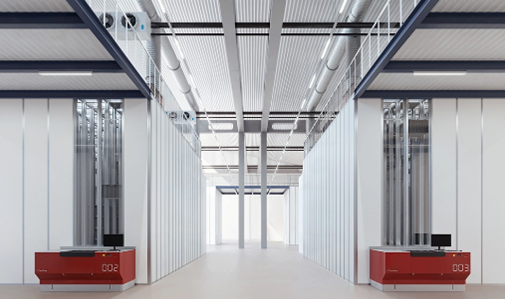
First of all, it is important to know that AutoStore does not sell its technology itself. This is only possible via the so-called integrators, partners of AutoStore. These integrators provide support in the planning, introduction and selection of IT systems and software connections. The integrators often bring their own IT system with them. There are currently eight different providers in the DACH region:
It is essential for future customers to know that AutoStore distributes the product to partners via a licensed network. In addition, there may be different offer prices during the procurement process. Here’s a tip: To obtain standardized offers from the various integrators, first contact an independent consultancy or speak directly to AutoStore.
Do you have any questions about the AutoStore system or are you looking for support in deciding on the right storage system? Then please send us a message and we will get back to you.


Senior Manager, Senior Manager, Munich
The industrial engineering graduate advises his clients on issues relating to warehouse and logistics planning and the digitalization of logistics (particularly in the ERP, WMS and TMS environment). He also provides clients with comprehensive support in the areas of operations management and strategy.
You need to load content from reCAPTCHA to submit the form. Please note that doing so will share data with third-party providers.
More InformationYou are currently viewing a placeholder content from Turnstile. To access the actual content, click the button below. Please note that doing so will share data with third-party providers.
More InformationYou are currently viewing a placeholder content from Facebook. To access the actual content, click the button below. Please note that doing so will share data with third-party providers.
More InformationYou are currently viewing a placeholder content from Instagram. To access the actual content, click the button below. Please note that doing so will share data with third-party providers.
More Information